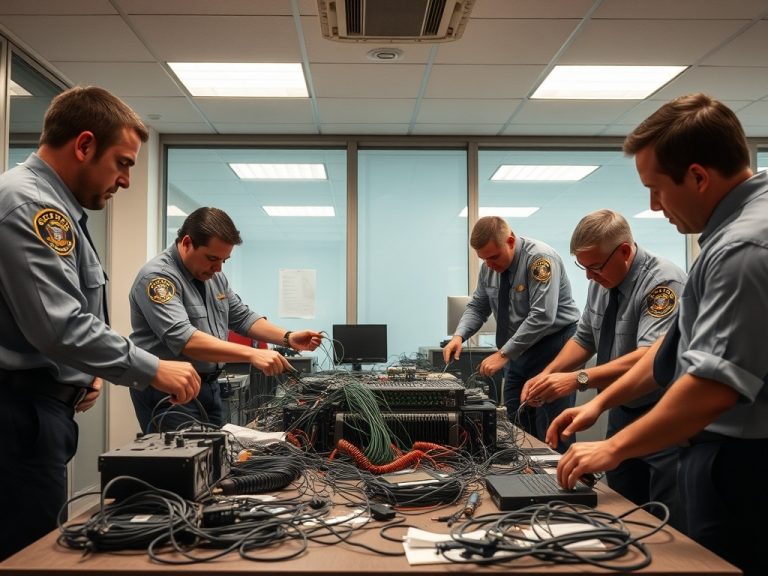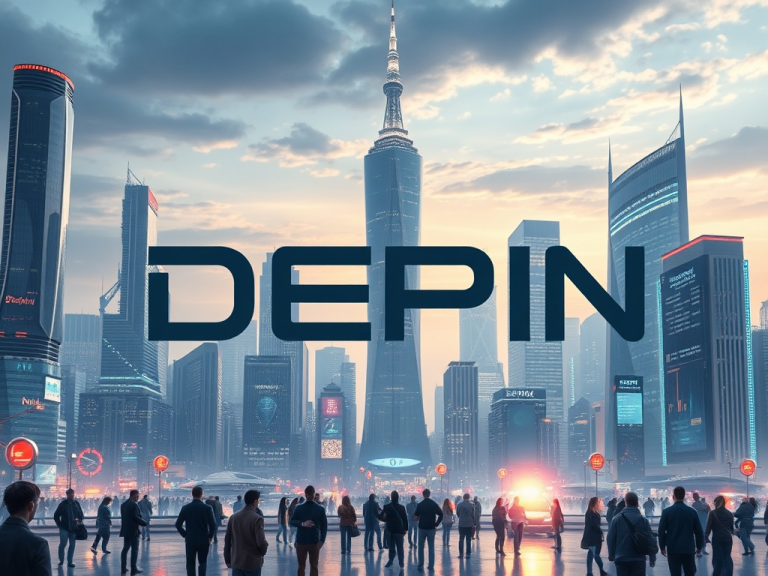
Quantum entanglement is a fascinating concept that plays a crucial role in the world of quantum computing. This article explores what quantum entanglement is, how it helps in computing, its real-world applications, and the challenges we face in harnessing its potential.
What is Quantum Entanglement?
Quantum entanglement occurs when two or more particles become linked in such a way that the state of one particle instantly influences the state of the other, regardless of the distance separating them. This phenomenon is often described as “spooky action at a distance,” a term coined by Albert Einstein. When particles are entangled, measuring one particle’s properties will instantly tell you something about the other, even if they are light-years apart.
A Simple Example
Imagine you have two coins that are entangled. If you flip one and it shows heads, the other coin will automatically show tails, no matter how far away it is. This unique relationship between the coins illustrates the basics of quantum entanglement.
Basics of Quantum Computing
Quantum computing is a new way of processing information based on the principles of quantum mechanics. Unlike classical computers that use bits (0s and 1s), quantum computers use quantum bits, or qubits. Qubits can exist in multiple states at once, thanks to a property called superposition. This allows quantum computers to perform many calculations simultaneously, making them potentially much faster than traditional computers.
How Qubits Work
Think of qubits like a spinning coin. While it’s in the air, it can be both heads and tails at the same time. When it lands, it becomes either heads or tails. Similarly, qubits can represent many combinations of 0 and 1 until they are measured.
Why is Entanglement Important?
Entanglement is essential for several reasons:
- Speed and Efficiency: Entangled qubits can work together to solve problems much faster than classical bits. This parallel processing ability allows quantum computers to tackle complex tasks that would take classical computers a very long time.
- Error Correction: Quantum systems are delicate, and errors can easily occur. Entanglement aids in developing error-correcting codes that protect quantum information. This ensures that even if some parts of the system fail, the overall computation can still be accurate.
- Quantum Algorithms: Many powerful algorithms, such as Shor’s algorithm for factoring large numbers and Grover’s algorithm for searching through databases, depend on entangled qubits. These algorithms can perform tasks in a fraction of the time it would take classical computers.
- Quantum Teleportation: Entanglement enables quantum teleportation, a process where the state of one particle is transferred to another particle without moving the particle itself. This capability is vital for creating secure communication networks.

Applications and Importance
The potential applications of quantum entanglement in computing are vast and transformative:
1. Enhanced Security
Quantum entanglement can significantly improve cybersecurity. Quantum Key Distribution (QKD) uses entangled particles to create secure communication channels. Because of the nature of entanglement, any attempt to eavesdrop on the communication will disturb the system, alerting the parties involved.
2. Drug Discovery and Materials Science
Quantum computers can simulate molecular interactions at a level of detail that classical computers struggle to achieve. This capability can accelerate drug discovery, helping researchers find new medicines and materials more quickly and efficiently.
3. Artificial Intelligence and Machine Learning
The processing power of quantum computers, boosted by entanglement, can enhance machine learning algorithms. This means that AI systems could analyze vast amounts of data more effectively, leading to better predictions and decision-making.
4. Optimization Problems
Many real-world problems, such as optimizing traffic flow, supply chains, and financial portfolios, are complex and require significant computational power. Quantum entanglement allows quantum computers to explore multiple solutions simultaneously, finding optimal answers much faster than classical methods.
Challenges to Overcome
Despite the exciting potential of quantum entanglement in computing, several challenges remain:
1. Decoherence
One of the biggest hurdles is decoherence, where the delicate quantum states are disrupted by interactions with the environment. This can cause loss of information and errors in computation. Researchers are working on methods to isolate qubits and maintain their entangled states longer.
2. Scalability
Building larger quantum systems that can effectively utilize many entangled qubits is a significant engineering challenge. Current quantum computers are still relatively small, and scaling up these systems while maintaining stability is essential for practical applications.
3. Resource Management
Efficiently managing and manipulating entangled states is crucial. Quantum algorithms need to maximize the advantages of entanglement without losing coherence or introducing errors. Developing better techniques for resource management is an ongoing area of research.
Conclusion
Quantum entanglement is a key component of quantum computing, offering exciting possibilities for a wide range of applications, from secure communications to advanced scientific research. As scientists and engineers continue to explore this field, the interplay between entanglement and computing will undoubtedly shape the future of technology. While challenges remain, the potential benefits of harnessing quantum entanglement could revolutionize how we process information and solve complex problems. The journey into the quantum realm is just beginning, and its impact could be profound.






